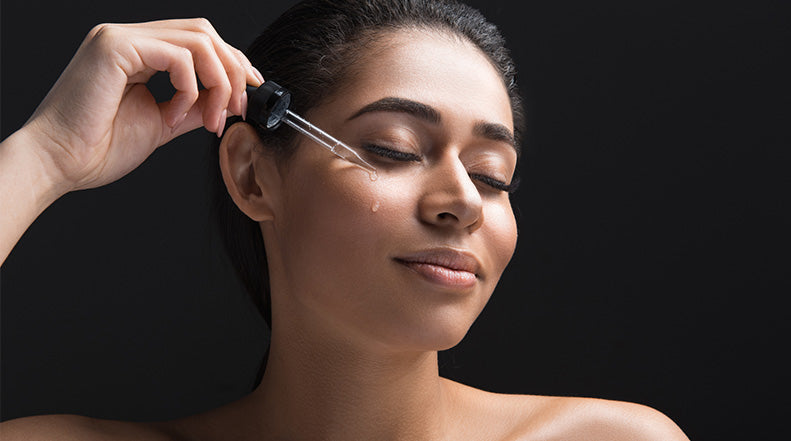Can Microneedling Actually Help Your Scars?

When we have an imperfection on our face, most of us are probably willing to go to great lengths to reverse the problem. Scarring on the face can be one of the biggest struggles both mentally and physically. With the skin on the face being so sensitive, it can be hard to find the treatment plan that is right for you. Microneedling is one option gaining popularity for treating scars.
WHAT IS MICRONEEDLING?
Microneedling is considered a skin-rejuvenation procedure. It is not surgical, meaning the patients are not under anesthesia when they are undergoing the procedure. The process uses tiny needles to puncture the top layer of the skin. The goal of this is to improve the overall texture and appearance of the skin by stimulating the healing process.
Microneedling was actually considered to be an old-school beauty treatment that went out of style years ago after its introduction in 1997. It has made a comeback and is now one of the most talked about skin care procedures of the past couple years. Experts agree that microneedling is relatively risk-free and can have real benefits to your skin if administered properly.
THE PROCESS AND TOOLS USED IN MICRONEEDLING
Microneedling is also referred to as a collagen induction therapy. This procedure is minimally invasive and is nearly painless. The tiny needles create controlled micro-injuries. These are also referred to as micro-punctures. This simply means that the needles are used to purposely injure the top layer of the skin, but the injury is not severe. The needles go into the epidermis, but do not reach or injure deeper layer of skin. This process stimulates the body to produce collagen and elastin, important building blocks of healthy skin.
Microneedling is done using a dermaroller or motorized pen.The needles are usually 0.5-3 millimeters in length and 0.1-0.25 millimeters in diameter. The needles are “single use” so as not to transfer any contamination from person to person. You can always be sure that if you are a patient undergoing this procedure, the needles being used on you have never been used on another patient. Often beneficial skin serums are applied during or after the procedure so they can penetrate deeply via the little tunnels created by the needles.
What happens after the treatment is complete?
These micro-injuries will produce some bleeding and redness.If you know anyone who has had microneedling done, or have seen photos on the internet, then you have seen the “sunburned” look common right after the procedure. Since the injuries are so small and superficial they heal rapidly with little down time spent hiding out at home!
So how does the magic happen? After the holes are created, the healing process begins at each site. This is when new collagen and elastin begin to form. A study was done on a patient's skin that was treated with 4 microneedling procedures, spaced one month apart. There was a 400% increase in collagen and elastin formation measured 6 months after the last procedure was completed.
HOW DOES MICRONEEDLING HELP SCARS?
Microneedling has been found effective as a new treatment for noticeable scars. A study was done involving 37 patients who had atrophic facial scars. Each of these patients received several microneedling treatments and after their procedures were completed, their scars were evaluated. The conclusion of the study showed that 34 of 37 patients achieved a noticeable reduction of their scarring.
It is important to note that microneedling has only proved useful for scars that are not extremely deep into the skin. A doctor will be able to best tell you if you are a candidate for the procedure. How many times will you have to receive the procedure?
Most patients who see the best results receive between 3-6 treatments. Patients should wait at least two full weeks before receiving the next treatment so the skin has time to fully recover and produce collagen and elastin. It would be best to speak with your doctor concerning how long you should wait between treatments. Depending upon the scar you are trying to treat and your unique skin, your doctor might have you wait a different amount of time than another patient.
AFTER THE PROCEDURE
Once your procedure is completed, your doctor may have you apply a hyaluronic acid product to hydrate the skin. Many also will tell you to not apply makeup until you are healed. Makeup could highly irritate the open pinpoint wounds on your face.
A growing trend is to use a silicone gel like NewGel+E beginning a day or two after the procedure and continuing its use twice daily for 4-6 weeks to further reduce redness and prevent any scars from forming. And sunscreen is a must every day.
Microneedling is a wise investment and the duo of NewGel+E silicone gel and a sunscreen is an insurance policy to help make sure you get the best possible results.




Comments